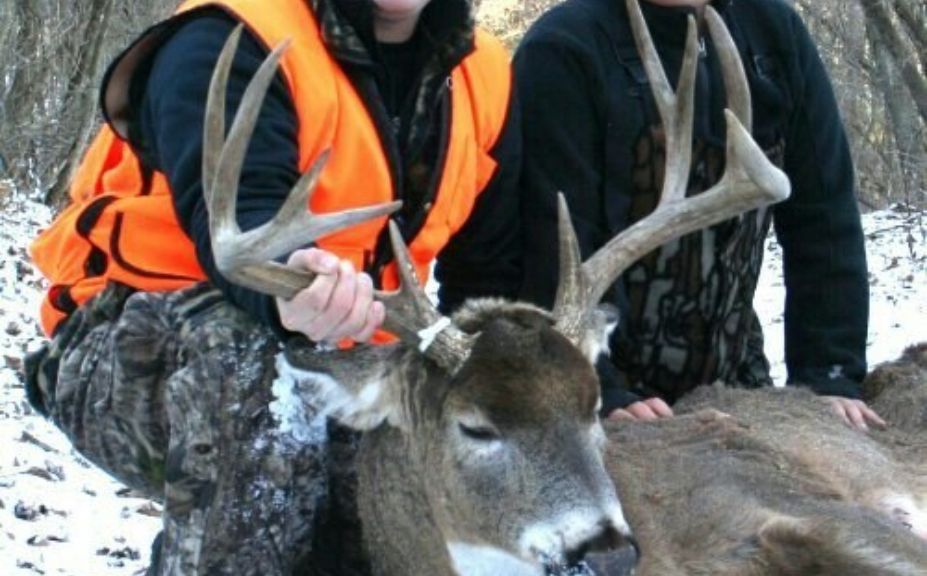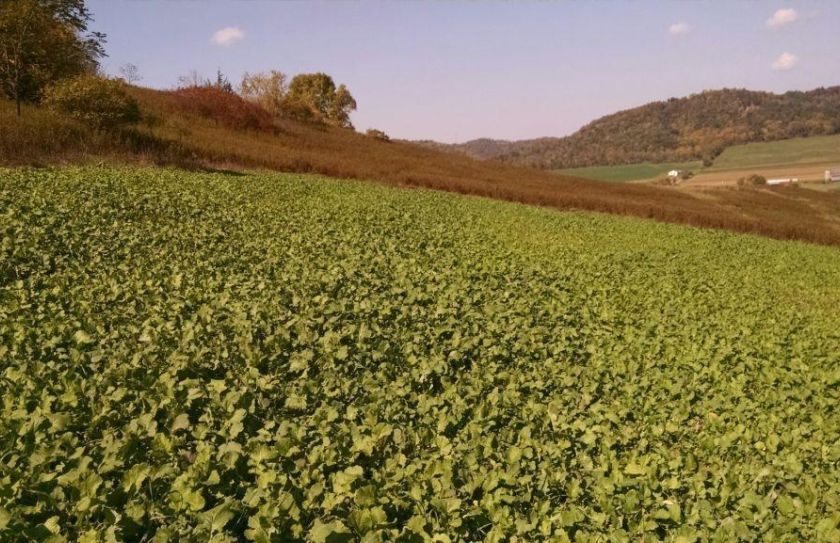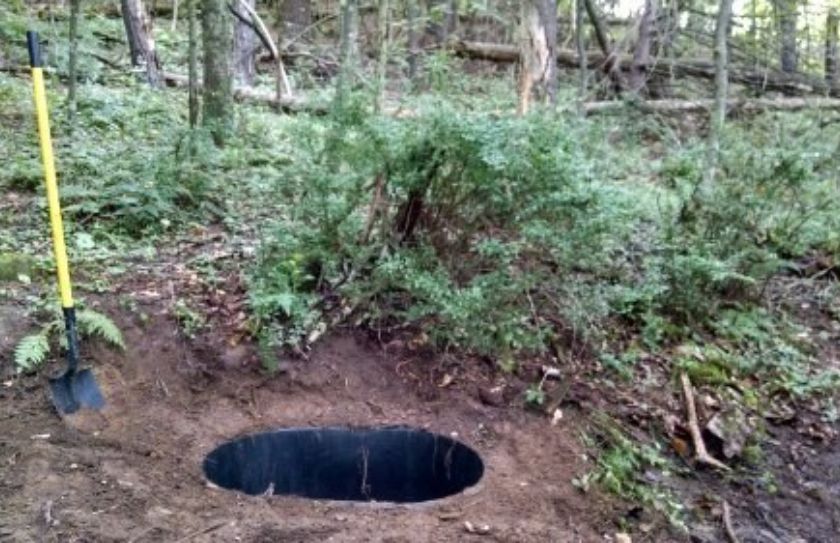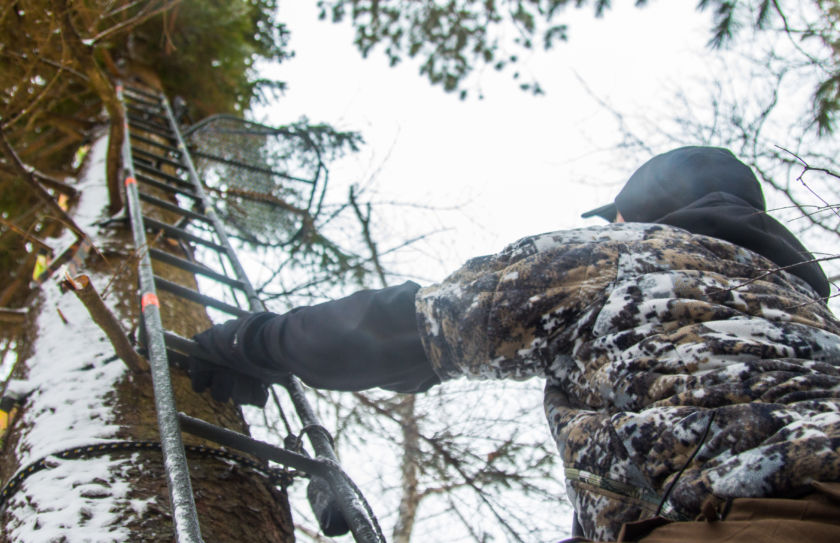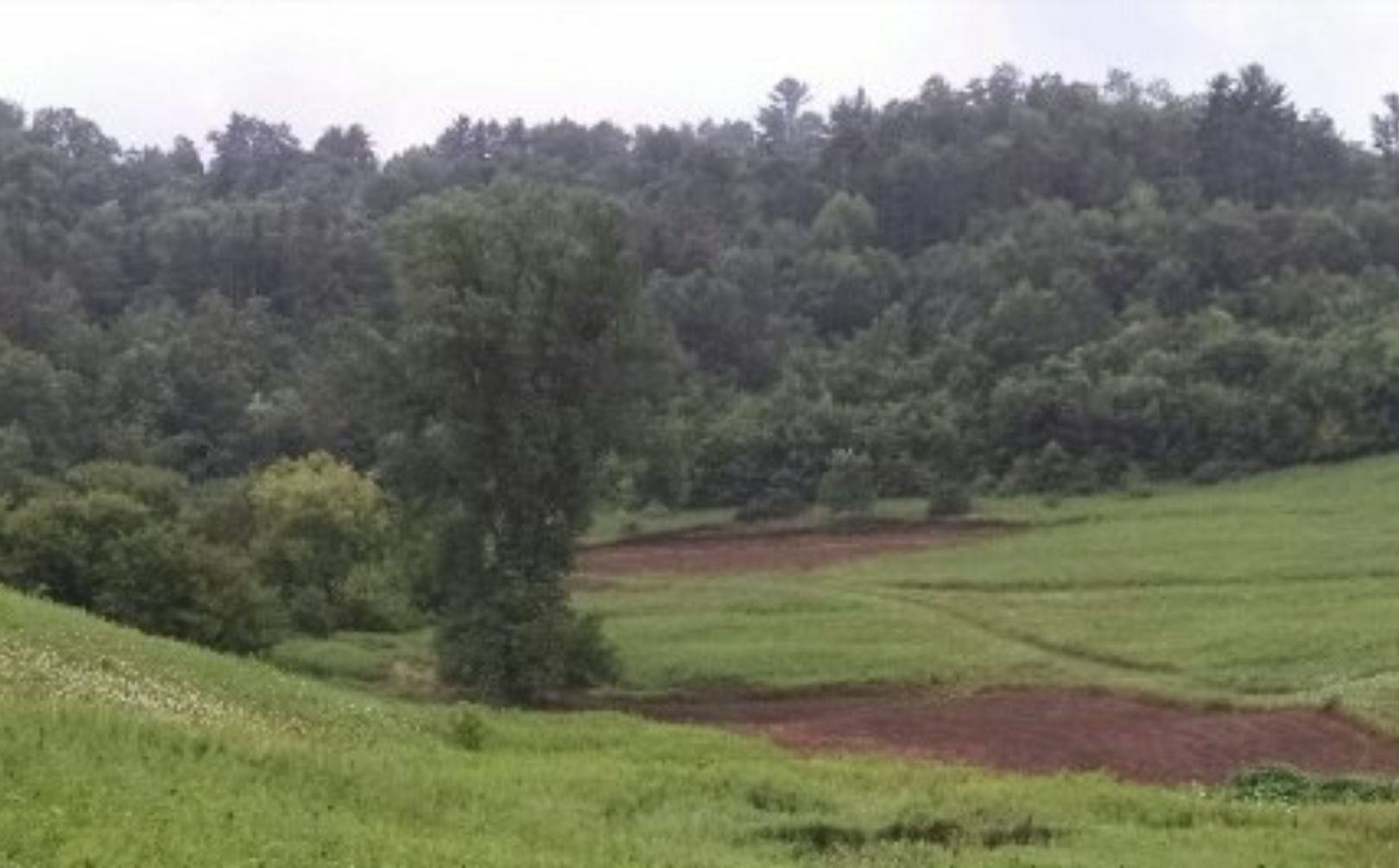
Do you have a new parcel of land that you now own or lease? Changing hunting grounds happens all of the time. Personally, I have enjoyed hunting public land in various states because so far...it's still there! But as a hunter who has never visited a guide or outfitter, I sure love the process of working on my own private land too. Maybe you do too? I have purposely procrastinated writing about the subject of this article because it is of course a very personal subject to me this year. However with food plots in virgin ground, new waterholes installed, a variety of stand locations set, multiple game cameras strapped to trees and the start of bow season only 11 days away-this is as good as time as any to move on. Here are my top 5 whitetail hunting lease strategies that I am personally putting to use this Fall:
1. Establish Consistent Deer Movements:
Does your new land have great food, great cover, both or neither? One of the most important aspects of managing your own hunting ground is in your ability to define that the deer bed "Here" and feed "There". The greater the overall length of the movement that you can create on your land, the better because the goal on any small parcel is to maximize the efficiency of the land. Each parcel is so incredibly diverse and offers it's own puzzle of complexity, but typically it is very effective when several smaller deer movements converge to a limited number of evening food sources, and then back again. The further you extend from the major food sources (which could possibly be in your neighbor's ag land), the more remote and untouched with food your land should become. By improving the quality of the food, cover or both you can further strengthen the line of consistent deer movement. By matching those improvements to the natural lay of the land and habitat your efforts will be most conducive to mature buck activity.
My new land is very hilly! "Hilly" is a good thing when it comes to attracting and holding mature bucks, but with a high% of steep ground the available food plot space is limited. Fortunately, 3 plots totaling 1.75 acres were able to be installed to help facilitate the consistent deer movement that as a hunter I probably crave as much as the local deer herd does. Best of all? The food plots are hidden from my access to the land! A line of consistent deer movement isn't complete unless you can hide that movement, from your access while hunting. Now that the deer movement is defined to a much higher level on the land I hunt, I can define where I will travel to deer stands, as well as where my deer stands are located. Just about every hunter thinks about how they can attract deer to try to enhance or create their movements...but the most important aspect of a consistent deer movement is to define how we use the land.
For more on creating consistent lines of deer movement, please click Here.
2. Scout and Protect Your Bedding Areas
When I visit and scout a client parcel, one of my priorities for walking the land is to search for bedding areas. Exactly where deer are spending their daytime hours is particularily important, and also telling of how the land has been used in the past. Are their potentially outstanding bedding areas that do not appear to be in use-if so, why? How can those bedding areas relate to potential food sources? Can you access the backside (downwind) of bedding areas to hunt...what about between bedding areas? The majority of my mature bucks have related to hidden bedding areas so it may be no suprise that I focus a lot on bedding areas, but finding quality bedding areas is only a part of the process.
Once you have found your bedding areas, making sure that they relate to a defined movement to an evening food source is one thing, but that they are protected is even more important! Especially on a new parcel, your bedding areas are so critical to your success. It is a given that you don't spook deer on the food sources, but I take an even more cautious approach with the areas that the local deer herd call their homes, during the daytime. Within a year or two you may know where you can cheat a bit, access more closely in one area vs another, but for the first season I like to reduce the hunting pressure as much as possible near any potential daytime hotspot. This is also where I expect to shoot a mature buck near! So there has to be a careful marriage between hunting opportunity and a lack of hunting pressure. That can also translate into actually hunting your favorite stands less, as you take a more exterior approach to observing the herd and habitat before going in for a surgical strike. Sometime hunting less equals more opportunity and this is one of those cases. You just can't afford to ruin a bedding area for a particular mature buck, so by being patient you can increase the value of a particular when an opportunity presents itself at the right time.
To read more about a season-long timeline for mature buck hunting success, please click HERE:
3. Create Non-Invasive Natural Ambushes
OK, maybe creating waterholes and hinging trees to funnel deer movement can't be considered "natural" approaches, but that's not exactly what I am talking about! Although I strongly encourage those various tools of habit or hunting enhancement, it is critical that they match the lay of the land. If deer are bedding to the left...and feeding to the right, where can I place a stand that allows me to get into position without spooking any deer, have a great spot to blow my scent into while on stand and also helps to shrink the overall width of possibl deer movement that flows through my shooting window. Find your stand locations is the first step, and making non-invasive improvements is the next. For example:
1. The installation of a 110 gallon water tank from TSC, hand-dug to a level below the ground will offer a non-invasive appearance to blend into it's surroundings. It can also be installed through the mid-Summer months as well!
2. Random hinge cuttings of 3-5" trees used to funnel deer movements is a great approach. Start by cutting about 2/3rds of the way into the backside of the trunk about waist-high, and then pull the tree over to block deer and force them to travel within bow range. A few trees here...and a few trees there, do little to effect the overall view of the forest, but do a lot to funnel deer movement even if the deer don't know they are being funneled.
3. Individual mock scrapes and scrape lines can also enhance a stand location. I personally prefer to use mock scrapes to point deer in the right direction, vs adding a dozen around my treestand. I also prefer a natural look, so cutting vines to add to an overhanging or hinged branch is a great approach, fastening a real licking branch to the side of tree-trunk is another, or drilling a hole in a trunk to fit the end of the licking branch into may work for you.
Here is how we've created a Precision Buck Hunting System on our 50 acre parcel.
Use your enhancements to compliment natural movements that focus on brushy travel corridors, interior benches, saddles and habitat constrictions. On our old lease we actually had stand locations that were present for the entire 12 years, simply because they matched the lay of the land and deer movement. Other stand locations we moved slightly, or scrapped completely but that first year offered immediate quality experiences by doing our best to match the habitat conditions we were presented with. Throughout the years we also created food sources and bedding areas to further strengthen those same natural movements that we tried to take advantage of our very first season.
It's not too late to install a waterhole! To read about 5 easy steps for creating your own waterhole, please click HERE:
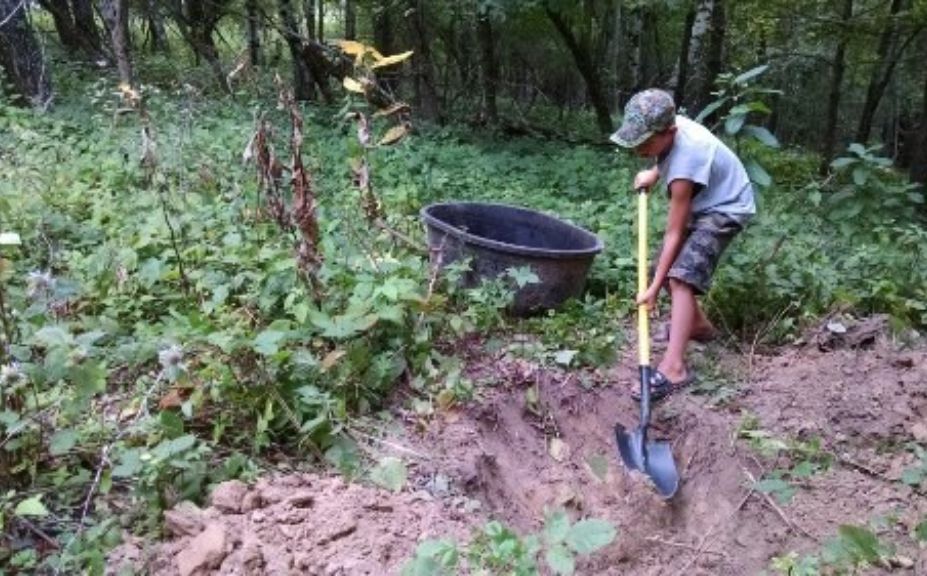
4. Game Camera Strategies
Game cameras will always do a lot better job scouting your land, than you or I could ever do. They can scout more quietly, with much less noise and scent. Deer observation logs are cool to look back on, but keep in mind that during a typical season a high quality hunting approach will still only yield the discovery of about 50% of the bucks that visit your land. Also, it makes sense that the bucks you will see the most of while hunting are the youngest, and the bucks you see the least will be the oldest. On the otherhand, a game camera does not discriminate by age! A game camera will scout day and night, and they can scout in some locations that would be nearly impossibe to hang a bowstand in. It would be very difficult to offer an extremely accurate measure of the percentage of bucks captured on game cams on a particular parcel of land, but if you establish and effective canvas of the parcel I believe you can capture 80-90% of all bucks that move within your borders.
To get the most out of our trail cam scouting efforts, we strategize heavily on the location and features to focus on. The following video explains how we do it..
I currently have 4 cameras on my new 50 acre lease, and in the past we rotated 5-6 cameras for 190 acres. On a new parcel 1-2 cameras per every 20 acres is not out of the question because you are attempting to capture as a large of a % of the buck herd as possible. Why? There are several reasons:
1. Guage the effctiveness of your hunting style
2. Establish a benchmark for the future
3. Define deer movements
4. Define the various locations of mature buck use
5. Estimate the quality of your daytime holding cover
6. Establish effective stand locations -and more!
There are many discoveries to be made with a game camera and I strongly urge you to use them to scout your land as effectively as possible. Most importantly-it's fun!
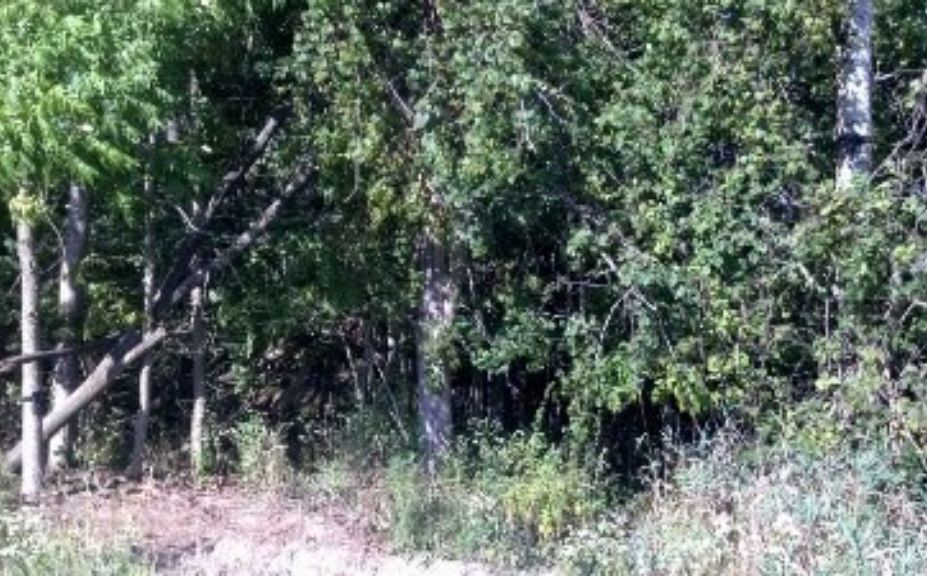
5. A Sense of Urgency
We were lucky to hunt on one land for 12 years. How long will you be able to lease or own your new hunting land? Circumstances change often so do your best to create a focus of enjoying the land for this year, and hunting accordingly. I think it's easy to fall into the trap of just scoping out the land and taking less of a quality hunting approach than we would have had we owned the land for a few years, with higher expectations. When it comes to hunting deer, and especially mature bucks, your expectations will be most consistently met if your efforts and focus parallel those expectations. And for your first year? Establish high expectations! With high goals you may just surprise yourself, instead of leaving yourself feeling like you should have prepared more, or hunted more carefully. We as humans can be incredible predators! If a hungry big cat wanders into seemingly unfertile grounds for prey, do you think it lets it's guard down? I doubt it, and neither should we. Approach your new land in your first season with a hunger to succeed, you never know when it will be your last.

If you enjoy advanced whitetail tactics like these, you'll love my Whitetails By Design Book Series.
Conclusion
I feel very fortunate to have found the new hunting lease I currenly have. It "fell into my lap" because of lasting friendships made within this area, an area that I live in, love and call my home. My new lease was unexpected and not even available until June so it really did, fall into my lap. Would you believe I can still look out my window and see my old lease land? It is a constant daily reminder of the sometimes harsh reality of hunting leases that I am sure many of you have experienced. The silver lining? I can also look out a window and see my new land, which is a constant reminder to especially my son that if you respect the land, work hard and focus on the people around you more than the hunt itself, good things will come. I lost my whitetail hunting lease of 12 years, and I feel truly blessed.
